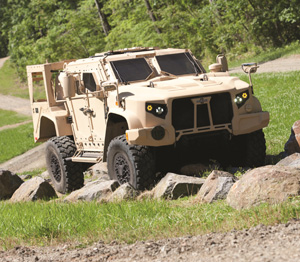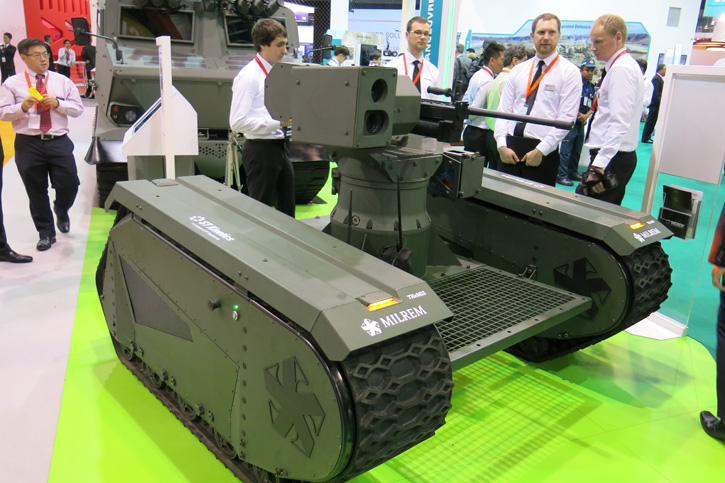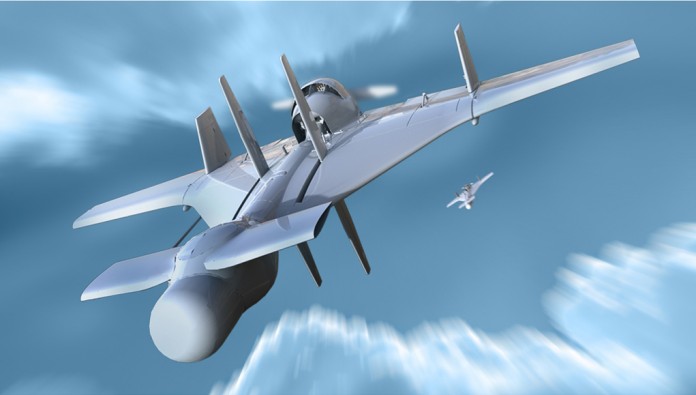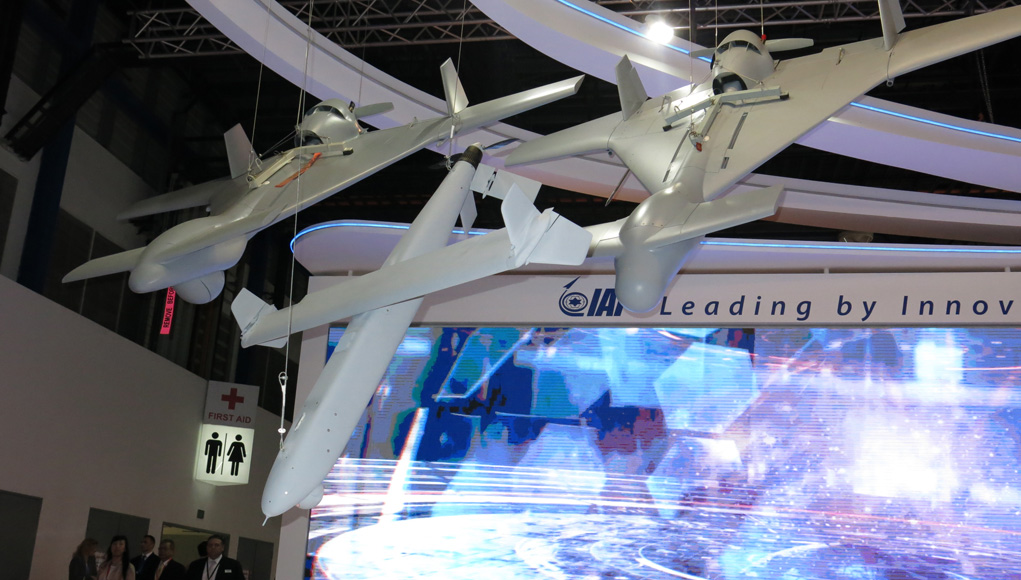 An ISIS fanatic who wished his followers a 'Happy 9/11' and posted 8,000 tweets glorifying the terror group and encouraging jihad has been jailed for five years.
An ISIS fanatic who wished his followers a 'Happy 9/11' and posted 8,000 tweets glorifying the terror group and encouraging jihad has been jailed for five years.
Mohammed Ameen, 23, used 42 Twitter handles and 16 different accounts to express his support for ISIS between May and October last year.
Photos of Ameen holding a large knife with Arabic writing on the blade were found on his phone, and videos of him preaching on the streets of London had been uploaded online, the Old Bailey heard.
The security guard pleaded guilty last month to five counts of encouraging terrorism and one count of support for a proscribed organisation.
Ameen, of Dagenham, east London, also pleaded guilty to one count of dissemination of a terrorist publication, relating to a video called For The Sake Of Allah, posted on Twitter last September.
The court heard he sent tweets celebrating the 9/11 attacks in New York.
One read: '£TheMagnificent19 May you all get accepted in the highest ranks and multiply your kind! £Happy 911'.
An image was posted of a statement which read: 'When we descend on the streets of London, Paris and Washington the taste will be far bitterer, because not only will we spill your blood, but we will also demolish your statues, erase your history and, most painfully, convert your children who will go on to champion our name and curse their forefathers.'
Ameen tweeted a picture of Mohammed Emwazi - known as Jihadi John - in a black face mask holding out a knife. Another tweet read: 'Your 7/7 is our 24/7'.
Prosecutor Christopher Amis QC told the court it 'perhaps gives an insight into the defendant's mindset'.
He said: 'The tweets, looked at individually or when taken as a whole, amount to a sustained effort indirectly to encourage others to engage in terrorism.
'There is, with one exception, no explicit encouragement. Mr Ameen does not direct or invite the reader to engage in acts which would constitute terrorism.
'However the messages clearly constitute indirect encouragement in that they glorify acts of terrorism and those involved in them and they encourage the emulation of this conduct.'
He added: 'There are tweets which celebrate acts of terrorism by ISIL (ISIS). The tweets encourage the emulation of terrorist actions.
'The tweets also portray those who engage in such terrorist action as role models.'
Ameen's home was first raided by police in December 2013, when they found a one way ticket from Luton to Istanbul, Mr Amis said.
Mr Amis said: 'He didn't travel to Istanbul on that occasion. It is thought the intervention of police caused him to alter his plans.'
In June 2014 counter terrorism officers interviewed him about his possible wish to leave the UK to 'travel to regions controlled by the ISIL', Mr Amis said.
In November 2014 he told police he was planning to go to the Turkish border with Syria that night as part of an aid convoy - but was persuaded not to go.
Mr Amis said: 'The defendant's father was shocked. He had no idea.'
He added: 'He was planning to travel to Syria that very evening as part of an aid convoy.'
But he refused to provide any further details regarding the people he would be travelling with, the court heard.
The prosecutor added: 'He said in one tweet, 'I got radicalised in the UK and by Allah, I will stay a radical until the day I hit the grave'.'
His defence barrister, Tim Maloney QC, in mitigation, said Ameen was vulnerable to radicalisation and regretted his behaviour.
Mr Maloney said: 'He is genuinely sorry for what he has done.
'Not only for the upset he has caused to his family, but he says he now sees the damage he could have done to other families of those he was encouraging.'
Sentencing Ameen to five years in prison, the Common Serjeant of London, Richard Marks QC, said: 'Those tweets involved a sustained effort on your part to give encouragement, albeit indirectly.
'And in some instances, you were involved in glorifying this, as well as celebrating acts of terrorism by ISIL, celebrating the view of a future that could, by its nature, only be achieved by terrorism.
'It was over a protracted period of about eight months and did therefore clearly show, as the prosecution put it, dogged persistence, as exemplified by the fact you kept opening new Twitter accounts.'
He said: 'Of that, you will serve one half. You will then be on licence.'
Ameen was also made to pay a victim surcharge of £120.








